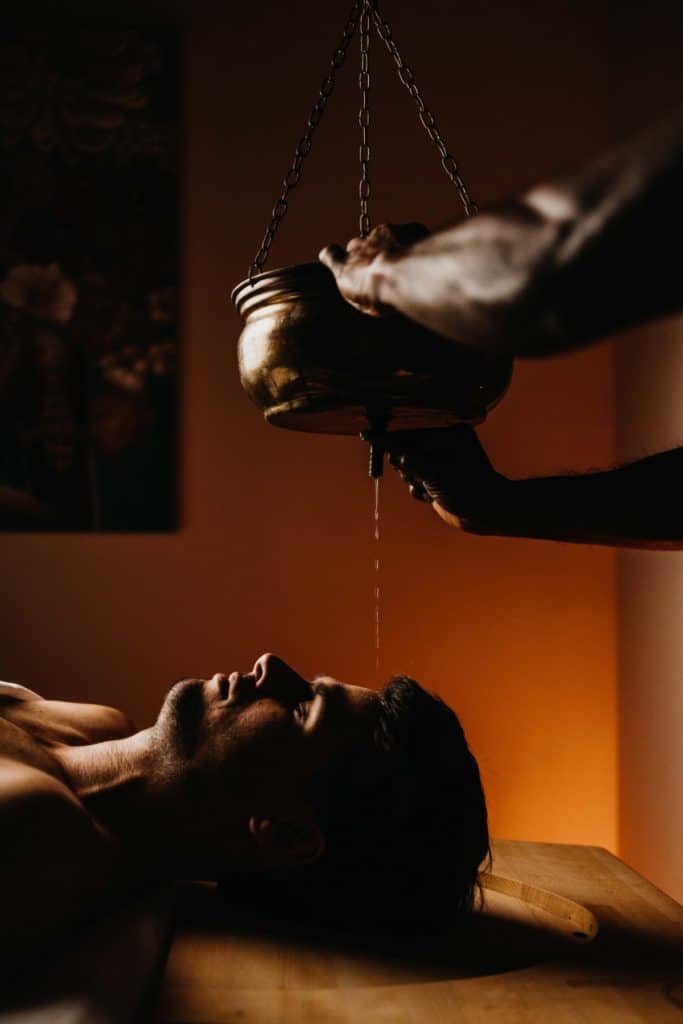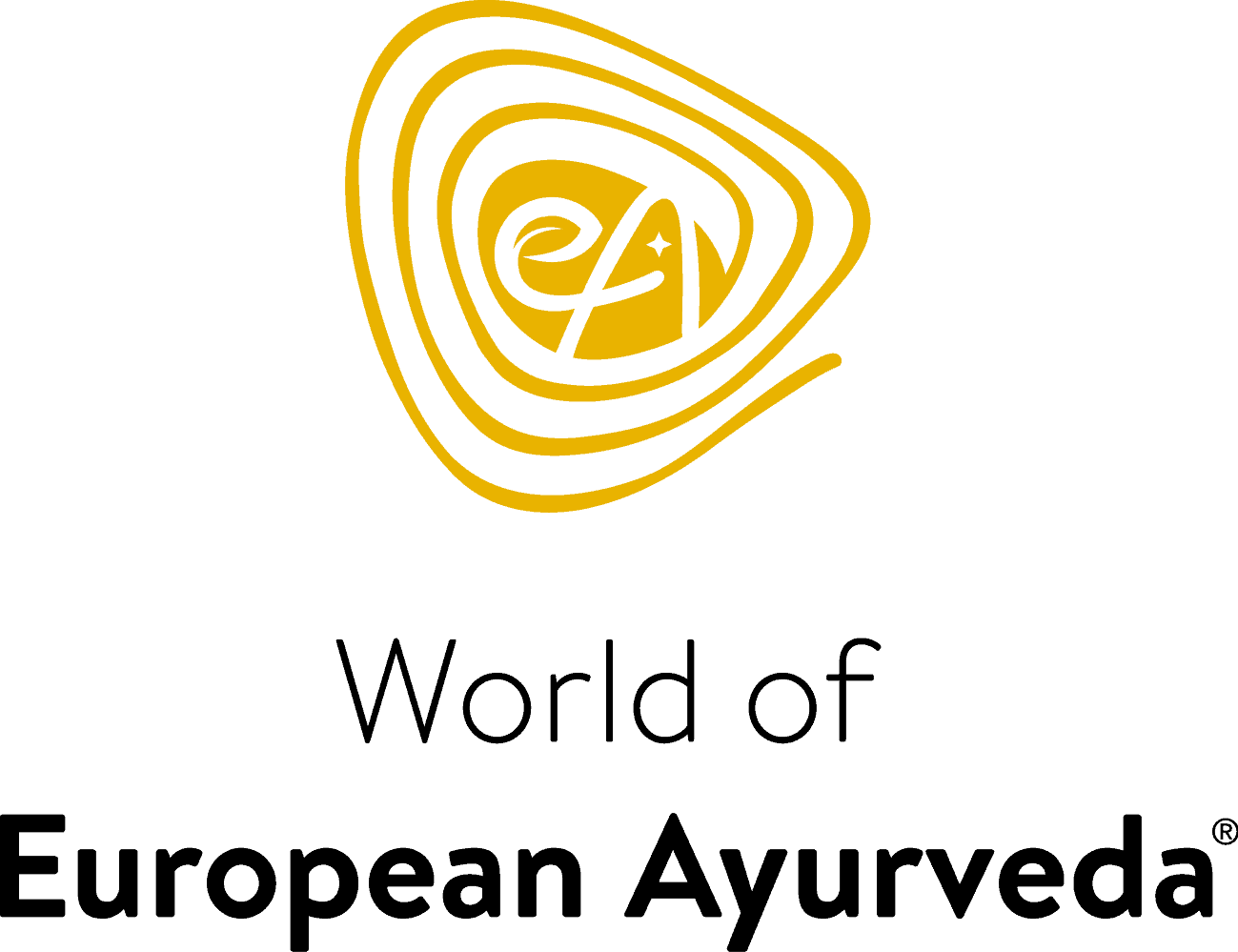Have you ever taken your own pulse? Put your fingers gently on your inner wrist and feel how the blood throbs through the veins. The pulse is the rhythm of life. It indicates how fast and with what intensity your heart beats. According to Ayurvedic teachings, your pulse rate indicates the needs and blockages of your three doshas: Vata, Pitta and Kapha. Often the three bio-energies are unbalanced, which can lead to blockages. The so-called pulse diagnosis determines which problems are present.
Find your life energy
Pulse diagnosis has a centuries-old tradition in Ayurvedic medicine. To be able to read and interpret the pulse correctly requires years of experience, a high level of empathy and competence.
In Ayurveda, it is believed that the three doshas Vata, Pitta and Kapha flow through every body. Body, mind and spirit are influenced by them to varying degrees. An Ayurvedic expert can thus determine which of the three doshas has the greatest influence on your characteristics, physical condition and appearance.

But how does it work?
An Ayurvedic expert places his ring, middle and index finger on the inside of your wrist. The pulse is now felt with different levels of pressure. This allows different levels of the pulse to be accessed and read. This is done on both wrists so that a comprehensive picture emerges of which disorders and blockages are present in which organ, which dosha needs to be strengthened and what your constitutional type is.
The six stages of energetic disturbance
Ayurveda distinguishes between six stages of a disorder:
1. accumulation (sanskr. "sanchaya")
If a dosha does not flow freely through the body but is blocked in one place, it accumulates there. In addition, the subdosha of the organ in which the disturbance occurs also suffers.
2. reinforcement (sanskr. "Prakopa")
Because the dosha cannot flow away, it accumulates and builds up more and more pressure.
3. scattering (sanskr. "prasara")
The dosha now seeks another path and spreads throughout the body, including the subdoshas.
4. localisation (sanskr. "Sthana Samshraya")
The disturbed dosha settles somewhere where it does not really belong and develops symptoms of illness, so-called "prodromes".
5. becoming recognisable (sanskr. "Vyakti")
In this phase, the symptoms become visible.
6. outbreak (sanskr. "Bheda")
Finally, the imbalance between body, mind and soul breaks out.
How pulse diagnosis can help

The pulse diagnosis is only the beginning. After a consultation, the Ayurvedic expert can suggest tips and treatments to help you bring your doshas back into balance.
With us at EA Resort Sonnhof are Dr. ind. Gaurav Sharma and Dr. ind. Rajata Vashisht are our experts who will help you. You are welcome to book an appointment and get advice. A Pancha-Karma cure, for example, is a good way to eliminate the disturbances and to strengthen your inner self.
By the way, in our online test you can find out in advance which constitutional type you are. Just give it a try.





